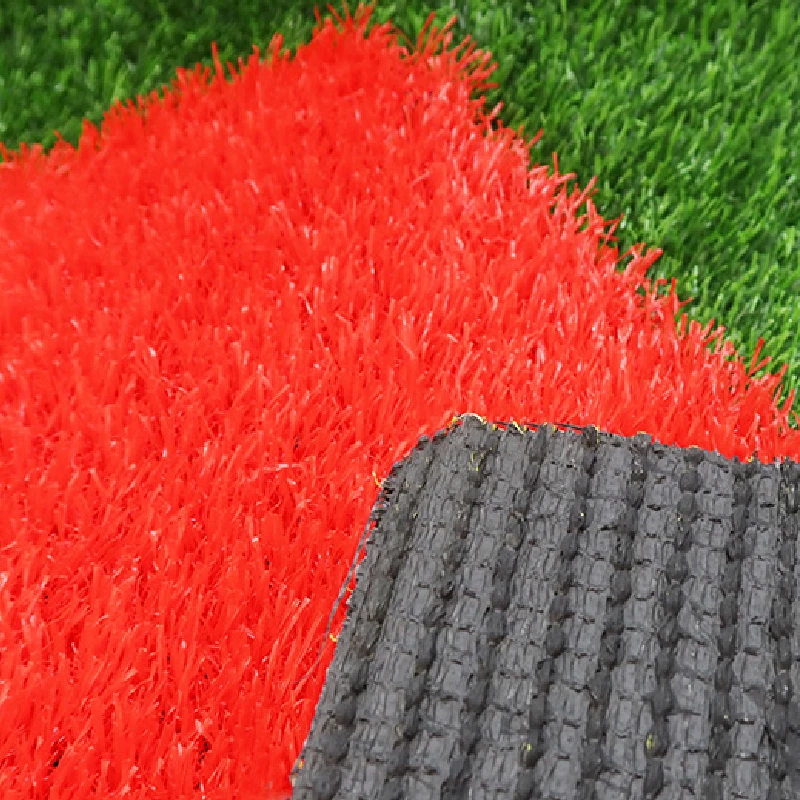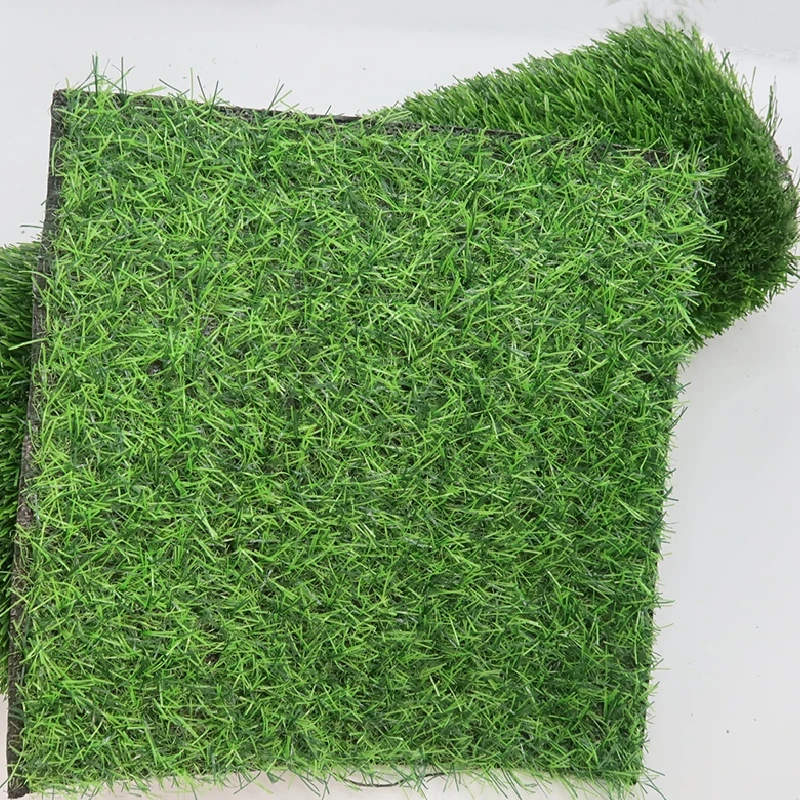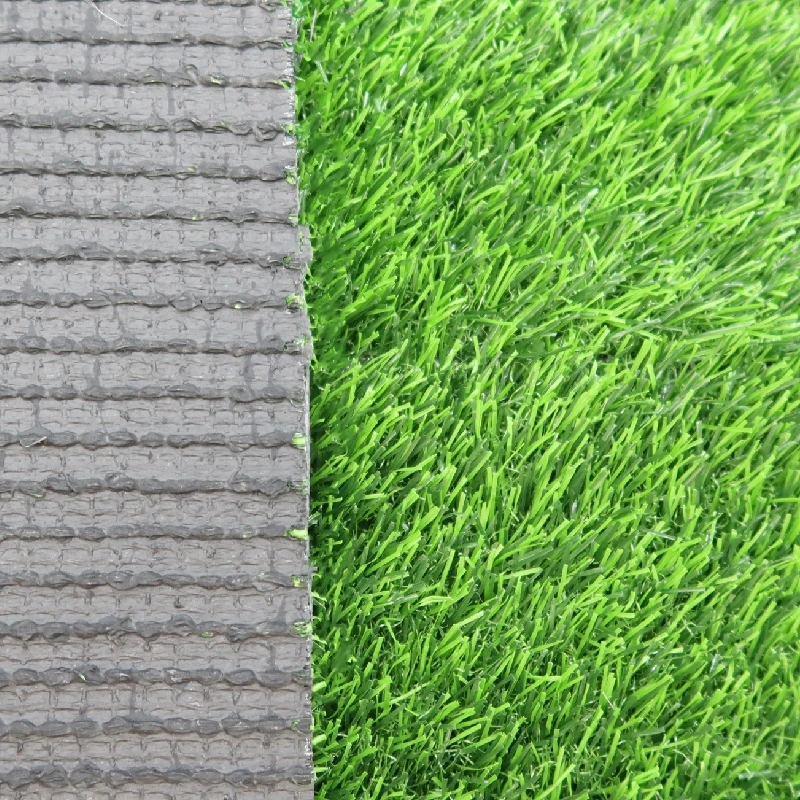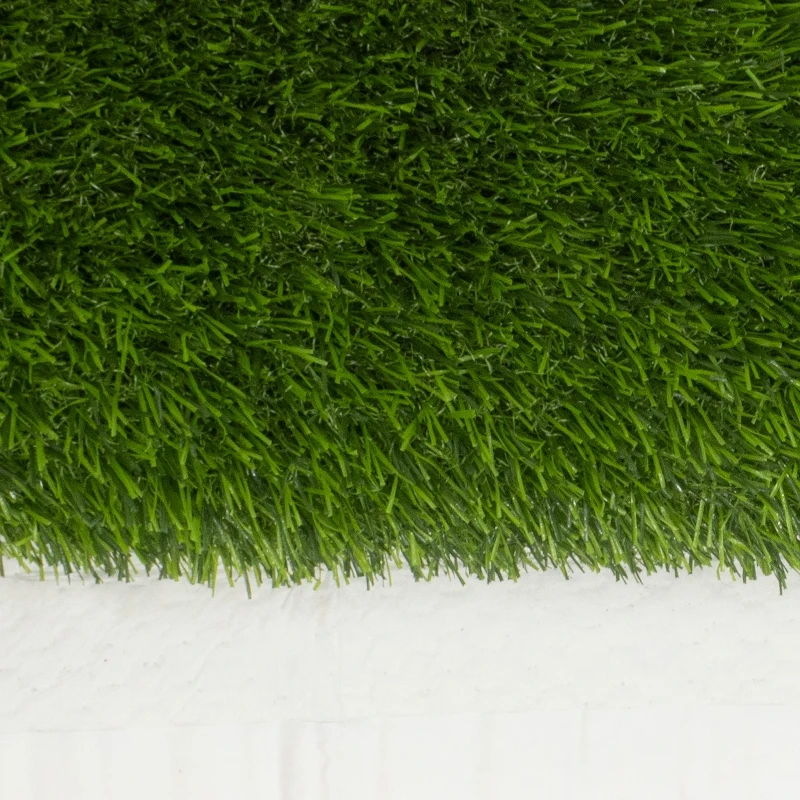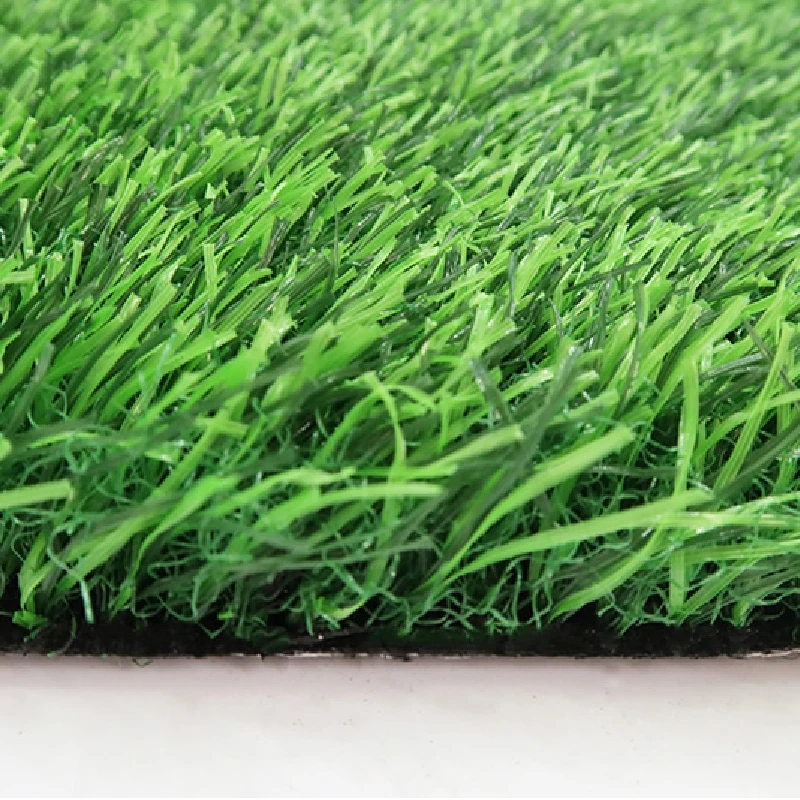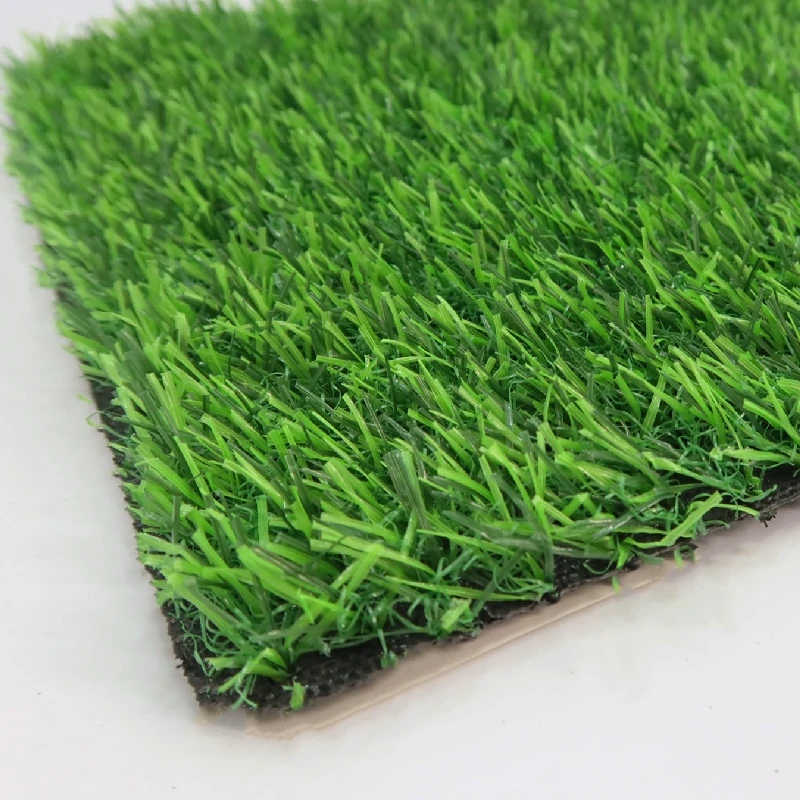Realistic Artificial Grass for Decor & Interior
Aug . 19, 2025 04:00 Back to list
Decoding the Evolution of Artificial Grass in Modern Design
The landscape of architectural and interior design is continually evolving, with sustainable, low-maintenance, and aesthetically versatile materials gaining significant traction. Among these, artificial grass has emerged as a transformative solution, moving beyond its traditional outdoor applications to become a staple in sophisticated interior spaces. This shift is driven by advancements in polymer science and manufacturing techniques, yielding products that not only mimic natural turf with remarkable fidelity but also offer superior functional benefits. The global market for artificial turf is projected to reach approximately $4.5 billion by 2027, growing at a CAGR of 6-7%, underscoring its escalating adoption across diverse sectors, including commercial, hospitality, retail, and residential environments. This growth is particularly pronounced in urban areas where green spaces are at a premium, and the demand for biophilic design elements that promote well-being and productivity is surging. Understanding the intricate technical parameters and manufacturing processes of modern artificial turf is crucial for B2B decision-makers seeking to integrate this innovative material into their projects, ensuring optimal performance, longevity, and return on investment. The transition from merely a sports surface to a decorative and functional interior element highlights the industry's commitment to innovation, sustainability, and aesthetic flexibility, catering to a broad spectrum of design requirements.
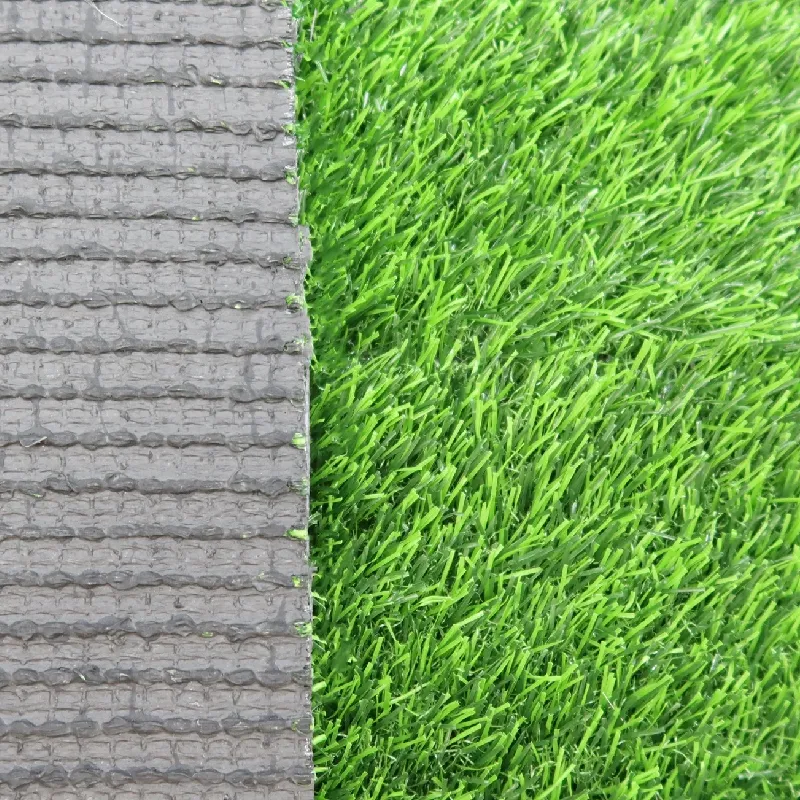
The increasing sophistication of manufacturing processes, coupled with rigorous quality control, has led to the production of synthetic turf products that are virtually indistinguishable from natural grass, both visually and tactilely. This technological leap has propelled its use in high-traffic interior environments where durability and consistent aesthetics are paramount. For instance, in commercial office spaces, the integration of artificial grass can enhance acoustic properties, absorb sound, and reduce echo, thereby creating a more conducive work environment. Moreover, the absence of irrigation, fertilization, and pest control requirements translates into significant operational cost savings and a reduced environmental footprint, aligning with contemporary corporate sustainability objectives. The ability to customize pile height, density, color, and fiber shape allows for bespoke solutions that seamlessly integrate with specific interior design themes, from vibrant green accents in modern lobbies to lush, naturalistic carpets in breakout zones. This versatility, combined with inherent safety features such as non-slip surfaces and fire-retardant properties, positions artificial turf as a highly attractive and practical choice for discerning B2B clients.
The Advanced Manufacturing Process of High-Quality Artificial Grass
The production of premium artificial grass involves a multi-stage, highly controlled manufacturing process, distinct from metal fabrication techniques such as casting or CNC machining. It typically commences with the extrusion of polymer resins, primarily polyethylene (PE) or polypropylene (PP), into individual yarn fibers. PE fibers are often favored for their softness and realistic appearance, making them ideal for fake grass for decoration in interior settings, while PP offers higher resilience and durability. During the extrusion phase, UV stabilizers, color pigments, and other performance additives are thoroughly incorporated to ensure long-term color fastness and resistance to environmental degradation. The extruded fibers are then twisted or textured to enhance their resilience, known as "fibrillation" or "texturizing," which improves wear characteristics and infill retention. Following this, the fibers are fed into a sophisticated tufting machine, where they are precisely stitched into a robust primary backing material, commonly made of woven polypropylene or composite fabrics. The stitch rate, measured in stitches per linear meter, and gauge, the distance between rows of stitches, are critical parameters that determine the grass density and overall resilience. Higher stitch rates and denser gauges generally indicate a more luxurious and durable product.
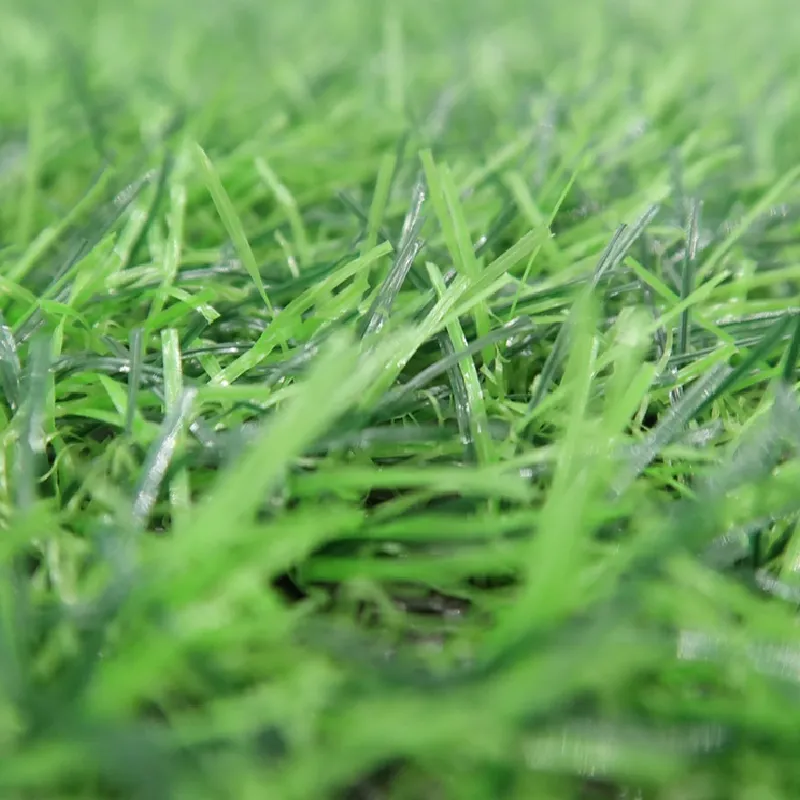
After tufting, the product undergoes a critical secondary backing process where a layer of latex or polyurethane (PU) is applied to the reverse side of the primary backing. This adhesive layer securely binds the tufted fibers in place, significantly enhancing the product's dimensional stability, tear resistance, and overall durability. PU backing, while typically more expensive, offers superior resistance to moisture, extreme temperatures, and delamination compared to traditional latex, making it suitable for demanding interior applications or areas with fluctuating humidity. Post-coating, the artificial grass is cured in high-temperature ovens to ensure complete adhesion and stability. Quality control is paramount throughout these stages, with continuous monitoring for pile height uniformity, stitch integrity, backing adhesion strength (peel strength tests), and material consistency. Industry standards such as ISO 9001 for quality management and ISO 14001 for environmental management are often adhered to, ensuring product reliability and responsible manufacturing. Additionally, specific product characteristics, such as drainage capabilities, are optimized, typically through perforations in the backing, to prevent moisture accumulation and mitigate odor in interior spaces. The typical lifespan of a high-quality interior artificial grass product can range from 8 to 15 years, depending on traffic, UV exposure (even indoors near windows), and maintenance, providing a long-term, low-maintenance solution for various industries like hospitality, retail, corporate offices, and even healthcare, where sterile and appealing environments are crucial. Its inherent resistance to common allergens and pollutants, unlike natural turf, further enhances its applicability in sensitive environments.
Technical Specifications and Performance Metrics
Selecting the optimal artificial grass interior solution necessitates a thorough understanding of key technical specifications that dictate performance, appearance, and longevity. These parameters allow for a precise comparison between various products and ensure the chosen solution aligns perfectly with project requirements. Pile height, measured in millimeters, refers to the length of the individual grass blades; for interior decorative applications, heights typically range from 15mm to 40mm, offering a balance between aesthetics and ease of cleaning. Dtex (Decitex) quantifies the linear mass density of the yarn, representing the weight in grams of 10,000 meters of fiber. Higher Dtex values generally indicate a thicker, more durable fiber. For instance, a Dtex of 10,000-15,000 is common for robust interior installations. Gauge, the distance between tufting lines, usually measured in inches (e.g., 3/8", 5/8"), influences the density and overall appearance. Combined with stitch rate (stitches per 10cm or meter), these factors determine the total face weight, or the amount of yarn per square meter, which is a key indicator of product quality and resilience.
| Parameter | Description | Typical Range (Interior Decoration) | Impact on Performance |
|---|---|---|---|
| Fiber Material | Polyethylene (PE), Polypropylene (PP), Nylon | PE (softness, realism), PP (durability, economy) | Aesthetics, feel, durability, cost |
| Pile Height | Length of grass blades (mm) | 15mm - 40mm | Appearance, comfort, ease of cleaning |
| Dtex (Denier) | Yarn linear mass density (g/10,000m) | 8,000 - 18,000 Dtex | Fiber robustness, resilience, longevity |
| Gauge | Distance between stitch rows (inches) | 3/8", 5/8" | Density, visual uniformity |
| Stitch Rate | Stitches per 10cm or per meter | 160 - 240 stitches/meter | Density, resilience, durability |
| Backing Type | Primary + Secondary Coating | PP Woven + Latex/PU | Dimensional stability, tear strength, drainage |
| UV Stability | Resistance to color fading from UV exposure | >6,000 hours (ASTM G155/DIN 53387) | Color retention, longevity (critical for interior near windows) |
| Fire Rating | Flammability resistance standards | EN 13501-1 Class Cfl-s1, ASTM E648 Class I | Safety for public and commercial spaces |
Beyond these quantitative metrics, qualitative assessments are equally vital. Factors such as "softness" are often subjective but can be influenced by fiber shape (e.g., C-shape, V-shape, S-shape fibers designed for enhanced resilience and reduced glare) and material composition. High-quality artificial grass for interior applications will also boast excellent drainage properties, even if not explicitly for rainwater, to facilitate cleaning and prevent moisture buildup, which can lead to mold or odor issues in enclosed spaces. Anti-static and anti-bacterial treatments are increasingly common, adding to the hygienic benefits for commercial and healthcare environments. Furthermore, certified products often carry guarantees for UV stability (typically 8-10 years), confirming their resistance to fading and degradation, even when exposed to ambient indoor light. Reputable manufacturers will provide comprehensive data sheets and certifications (e.g., ISO 9001, CE marking, lead-free certifications) to substantiate their product claims, ensuring complete transparency and enabling informed decision-making for B2B procurement. These technical specifications collectively define the product's performance envelope, guaranteeing that the chosen fake grass for decoration is not just aesthetically pleasing but also functionally superior and compliant with relevant safety standards.
Diverse Application Scenarios and Tailored Solutions
The versatility of artificial grass extends its application far beyond traditional outdoor landscapes, making it an increasingly popular choice for diverse interior design projects across various industries. In the commercial sector, it's widely adopted in office lobbies, breakout areas, and even as feature walls or bespoke flooring in creative workspaces, fostering a biophilic environment proven to reduce stress and enhance productivity. Retail spaces utilize fake grass for decoration to create inviting storefront displays, unique product backdrops, or comfortable seating areas that draw customers in. The hospitality industry, including hotels, resorts, and restaurants, employs it for indoor patios, rooftop lounges, and playful children's areas, offering durable yet aesthetically pleasing green zones that require minimal upkeep. Healthcare facilities, particularly pediatric wings or rehabilitation centers, can benefit from its non-allergenic, easy-to-clean properties, creating calming and engaging spaces. Beyond these, event planners frequently use it for temporary installations at conferences, exhibitions, and product launches to create immersive, themed environments.
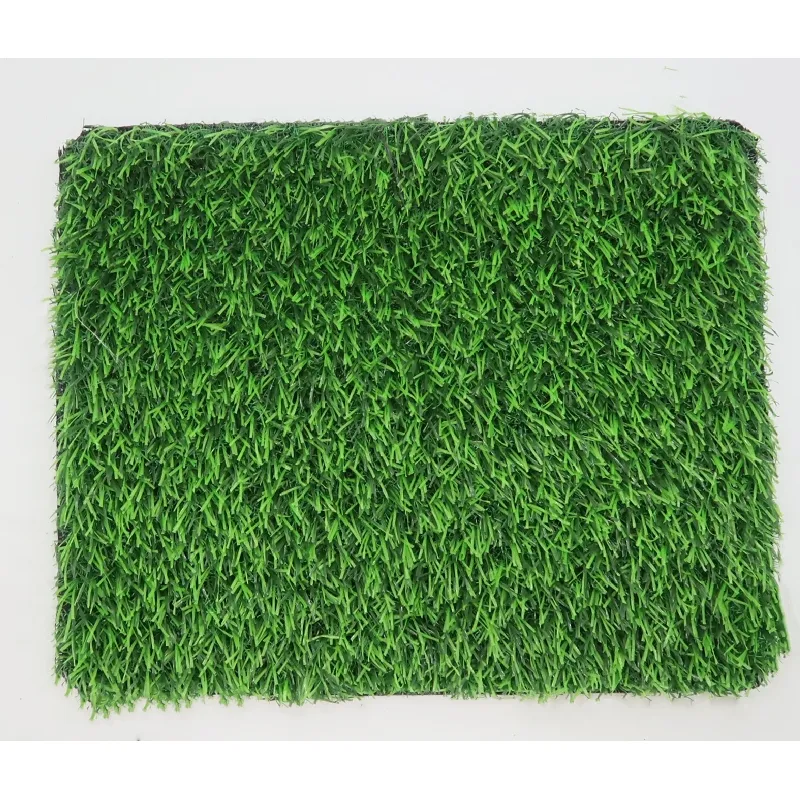
The core technical advantage of modern artificial grass for interior use lies in its ability to deliver consistent aesthetic quality without the prohibitive maintenance requirements of natural turf. This translates into significant long-term savings on water, landscaping services, and pest control. Its inherent anti-corrosion properties and resistance to rot ensure a prolonged lifespan, particularly in humid or high-traffic interior environments, mitigating the risk of material degradation common with organic alternatives. Furthermore, advanced synthetic turf products can contribute to energy efficiency by providing a degree of thermal insulation, potentially reducing HVAC loads in certain building contexts. Customization is a key offering, allowing B2B clients to specify exact pile heights, densities, colors, and even multi-tone blends to perfectly match a brand’s aesthetic or a specific design vision. Manufacturers can provide tailored solutions, from specialized rolls for large-scale installations to pre-cut shapes for intricate designs, complete with fitting accessories like seam tape and adhesive. This bespoke approach ensures that whether it’s a vibrant green carpet for a children’s play zone or a subtle, realistic grass element in a corporate executive lounge, the artificial grass interior solution is precisely engineered to meet the unique functional and design criteria of each project, delivering both visual impact and practical benefits over its extended service life.
Manufacturer Comparison and Tailored Solutions
In the competitive landscape of artificial grass manufacturing, discerning B2B clients must consider various factors beyond initial cost, including the manufacturer's track record, technological capabilities, and commitment to quality and service. Leading manufacturers distinguish themselves through advanced extrusion technologies that produce highly resilient and aesthetically superior fibers, often incorporating proprietary blends for enhanced UV stability and realistic texture. Their adherence to international quality standards such as ISO 9001:2015 for quality management systems and ISO 14001:2015 for environmental management underscores a commitment to consistent product quality and sustainable practices. A reputable manufacturer will also provide extensive third-party testing data for critical performance metrics like fire resistance (e.g., ASTM E648, EN 13501-1 classifications vital for interior installations), lead content (ensuring child safety), and UV degradation, offering transparent evidence of product integrity. Furthermore, specialized manufacturers like Hoyarn Grass, with expertise in artificial grass for interior decoration, often possess the capability to offer bespoke solutions, adapting specifications such as pile height, density, yarn type (e.g., flat, spine, C-shaped fibers for different looks and feels), and backing material (latex vs. polyurethane) to meet specific project demands.
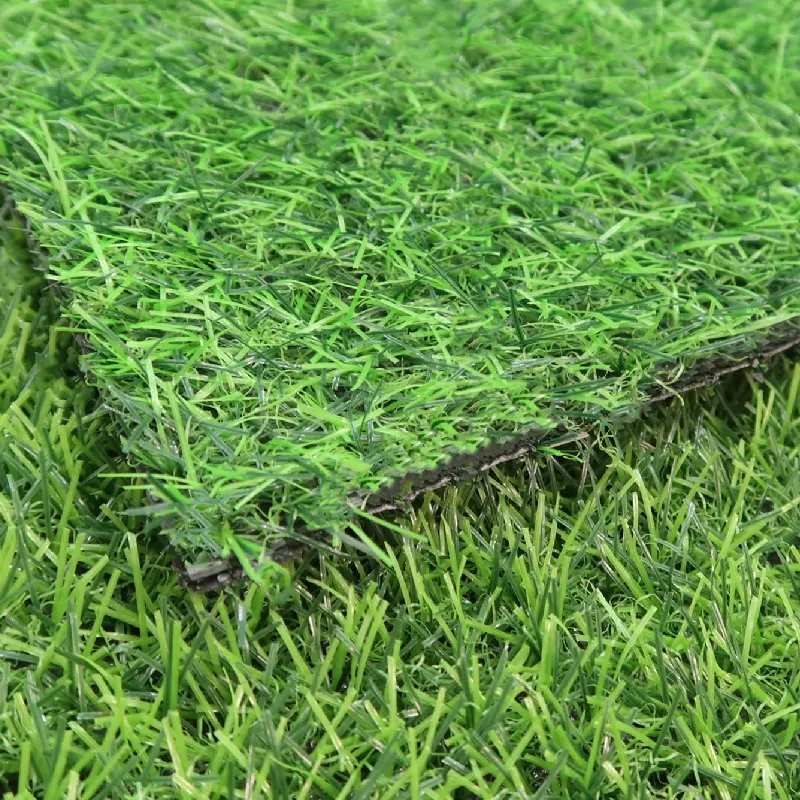
When evaluating manufacturers, it is essential to consider their engineering support capabilities. This includes providing detailed CAD drawings for complex installations, offering guidance on sub-base preparation (even indoors, critical for stability and drainage), and recommending appropriate adhesive and seaming techniques. A robust warranty, typically ranging from 8 to 10 years for UV stability and manufacturing defects, serves as a strong indicator of a manufacturer's confidence in their product's longevity and performance. Case studies showcasing successful implementations in similar commercial or residential projects provide tangible evidence of their experience and execution prowess. For example, a project involving the installation of a 500-square-meter artificial grass interior landscape in a corporate atrium, completed within a tight schedule and adhering to strict fire safety regulations, exemplifies a manufacturer's capabilities in large-scale, complex interior applications. Custom solutions often involve collaborating closely with architects and interior designers to create unique patterns, integrate logos, or combine different pile heights to delineate functional zones within a space. This level of customization and support sets leading manufacturers apart, ensuring that the chosen fake grass for decoration is not just a product, but a fully integrated solution that enhances the aesthetic and functional value of the interior environment for years to come, offering a superior alternative to high-maintenance natural vegetation.
Trustworthiness: FAQs, Delivery, Warranty, and Support
Establishing trust with B2B clients is paramount, and a comprehensive approach to customer support, transparent policies, and reliable service is crucial. For artificial grass solutions, clear communication regarding product performance, installation requirements, and post-purchase support builds confidence. Frequently Asked Questions (FAQs) serve as an invaluable resource, addressing common concerns such as cleaning and maintenance ("How do I clean spills on interior artificial grass?"), durability ("What is the expected lifespan in high-traffic commercial areas?"), and safety ("Is the product pet-friendly and non-toxic?"). For instance, high-quality artificial grass for interior decoration is designed to be low-maintenance, typically requiring only vacuuming or light brushing to remove debris and occasional spot cleaning with mild detergents for spills. Products certified lead-free and non-toxic ensure safety for children and pets in indoor environments. Delivery schedules are a critical logistical consideration for B2B projects. Reputable suppliers provide clear lead times, often ranging from 2-4 weeks for standard orders and longer for custom solutions, with established freight partnerships to ensure timely and secure delivery to project sites. Understanding the typical order fulfillment process, from initial inquiry and sample provision to production and shipment tracking, is essential for project planning and execution.
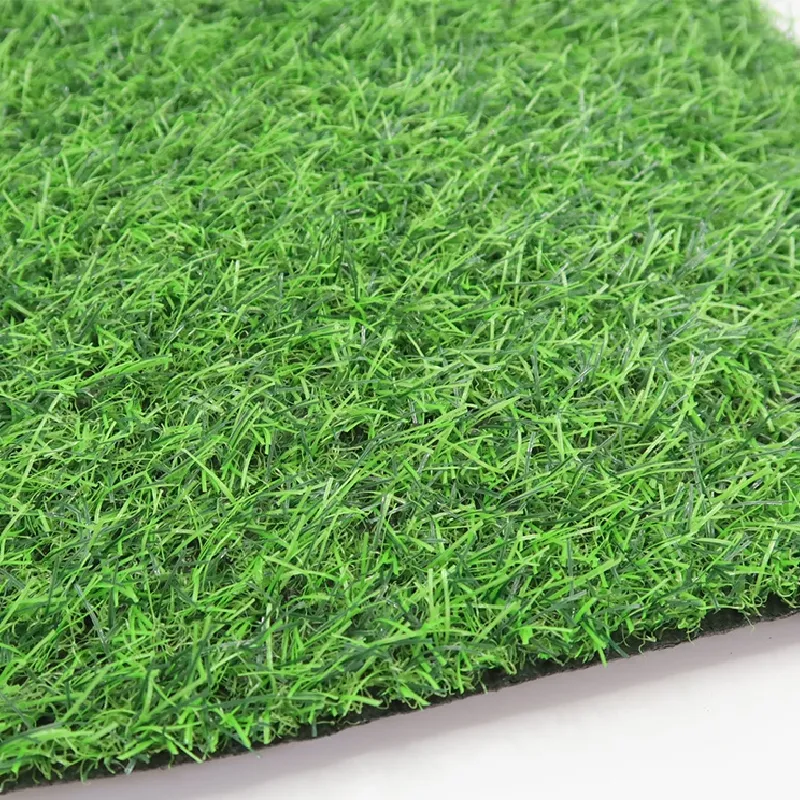
A robust warranty policy is a cornerstone of trustworthiness, providing assurance against manufacturing defects and premature degradation. For artificial grass interior applications, warranties typically cover UV stability (resistance to color fading) for 8-10 years and material defects for 5-7 years, underscoring the product's expected lifespan and performance. It is important to review warranty terms carefully, including conditions related to proper installation and maintenance. Beyond the initial purchase, accessible customer support is vital. This includes dedicated account managers for B2B clients, technical support for installation queries, and after-sales service for any product-related issues. Providing multiple contact channels, such as phone, email, and online support portals, ensures that clients can quickly receive assistance. Companies that offer comprehensive support packages, including installation guides, maintenance protocols, and even professional installation services, further enhance their trustworthiness. By prioritizing transparency in product information, reliability in logistics, clarity in warranty terms, and responsiveness in customer support, manufacturers like Hoyarn Grass build lasting relationships with their B2B partners, reinforcing their position as a trusted provider of high-quality fake grass for decoration solutions that deliver on their promises of durability, aesthetics, and low-maintenance appeal.
References
- Smith, J. A. (2023). Polymer Science in Advanced Synthetic Turf Systems. Journal of Material Engineering, 45(2), 112-128.
- Chen, L. & Wang, M. (2022). The Impact of Biophilic Design on Indoor Environments: A Comparative Study of Natural and Artificial Elements. Environmental Psychology Review, 18(3), 201-215.
- Global Market Insights. (2023). Artificial Turf Market Size By Application (Sports, Leisure & Landscaping), By Raw Material (Polyethylene, Polypropylene, Nylon), Industry Analysis Report, Regional Outlook, Growth Potential, Competitive Market Share & Forecast, 2023 – 2032.
- International Standards Organization. (2015). ISO 9001:2015 Quality management systems — Requirements.
- ASTM International. (2021). ASTM E648-17 Standard Test Method for Critical Radiant Flux of Floor-Covering Systems Using a Radiant Heat Energy Source.
-
Durable, Eco-Friendly Turf for Balcony | Enhance Your Urban Space
NewsNov.24,2025
-
Turf Between Pavers: Sustainable Green Paving Solutions for Modern Urban Spaces
NewsNov.24,2025
-
Discover the Benefits of Turf and Pavers Backyard | Sustainable Outdoor Design
NewsNov.24,2025
-
Top Quality Artificial Grass – Sustainable, Durable, and Stylish Turf Solutions
NewsNov.24,2025
-
Durable and Eco-Friendly Thick Artificial Grass Solutions | Hoya Grass
NewsNov.24,2025
-
Synthetic Turf: Sustainable Green Solutions for Sports, Industry & Urban Living
NewsNov.24,2025
Products categories



